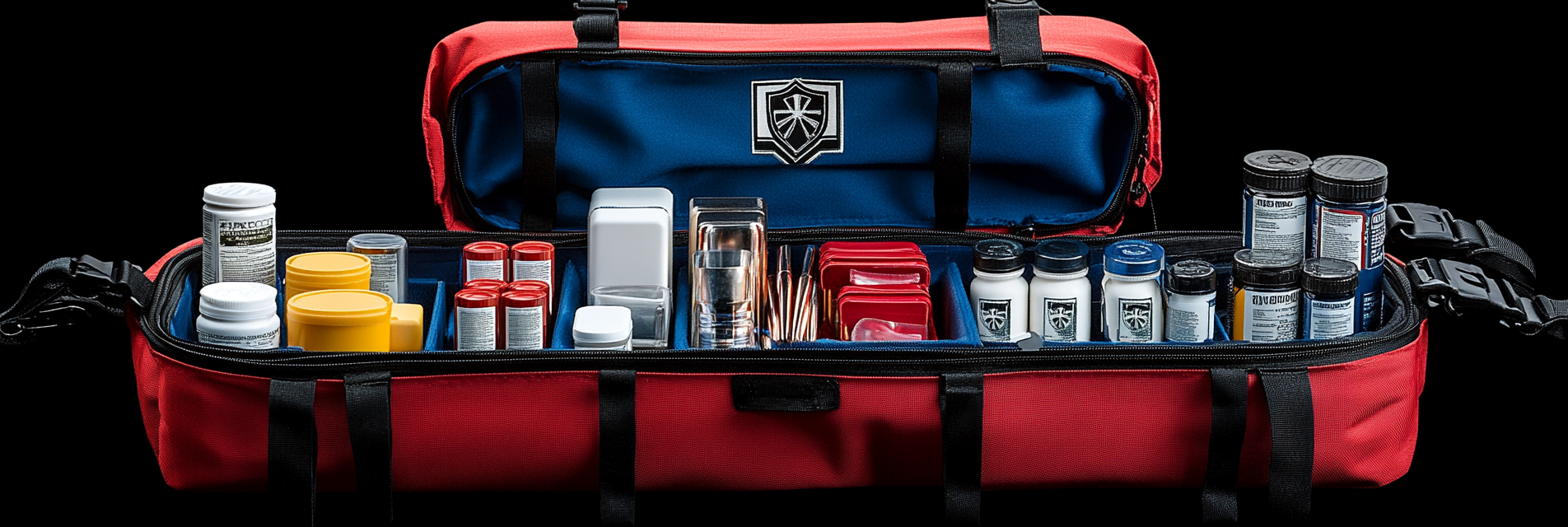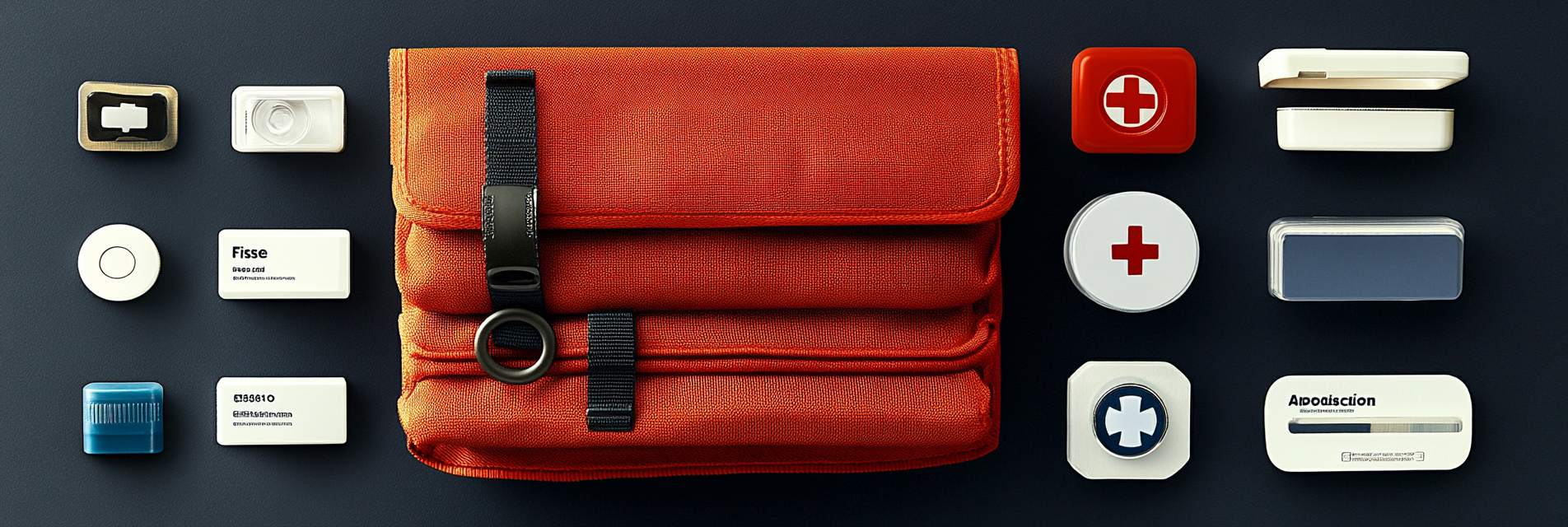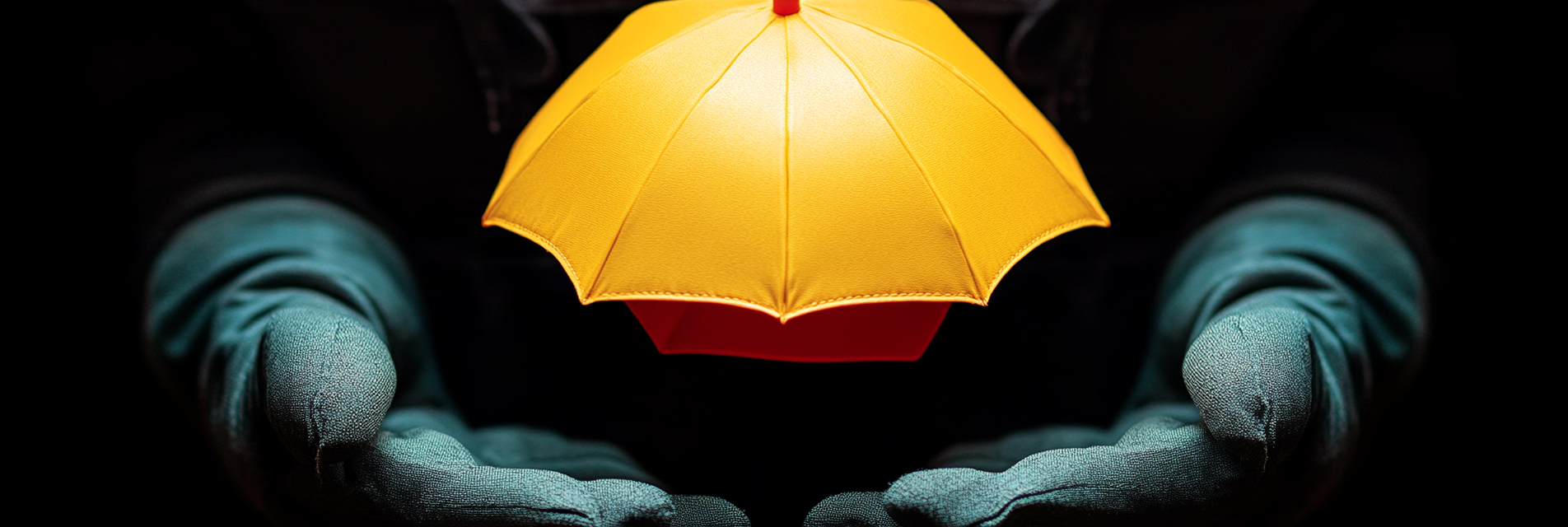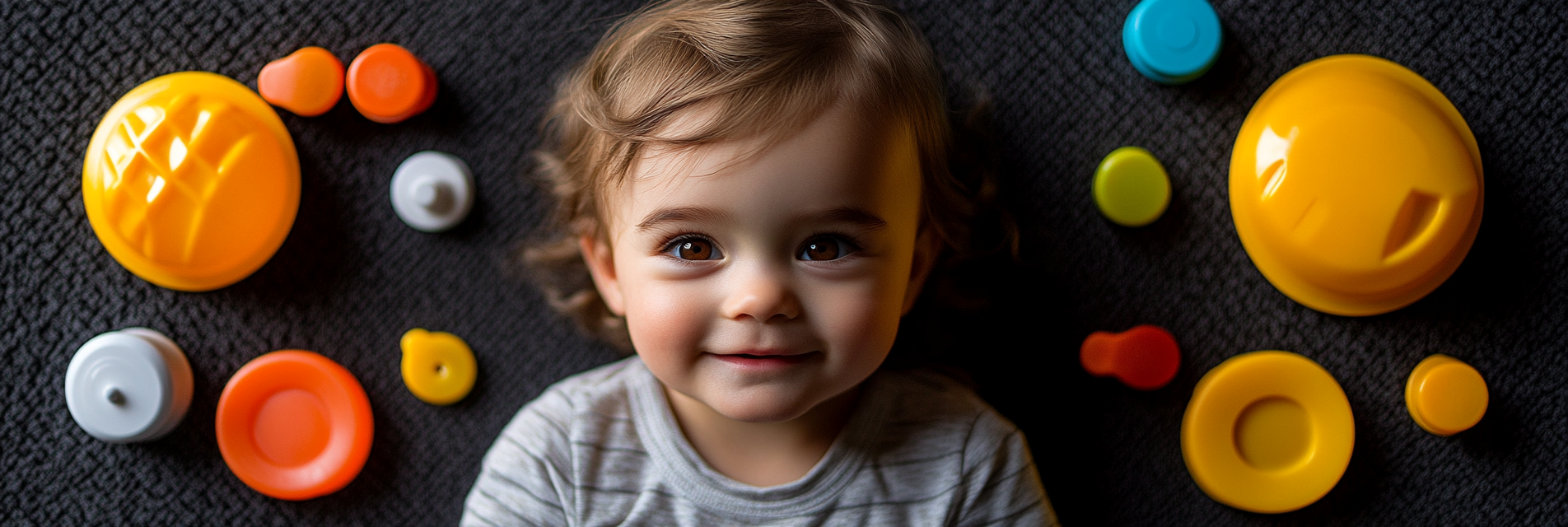A well-stocked first aid kit is crucial for handling both minor injuries and more serious emergencies at home. Whether you’re dealing with a simple scrape or a severe cut, having the right supplies on hand can make a significant difference in treatment and recovery. This guide outlines essential items for your home first aid kit, product recommendations, and use case scenarios for practical preparation.
1. Basic First Aid Supplies
Every home first aid kit should include basic items that address common injuries such as cuts, scrapes, and burns. Here are the essentials:
- Adhesive Bandages: Include a variety of sizes to cover minor cuts and blisters. Band-Aid Brand Flexible Fabric Bandages are durable and move with the skin.
- Antiseptic Wipes and Solution: Betadine Antiseptic Solution or alcohol wipes help clean wounds and prevent infection.
- Sterile Gauze Pads and Rolls: For larger wounds, sterile gauze pads can be used to cover and protect the injury. Combine with Coban Self-Adherent Wrap for secure, flexible bandaging.
- Medical Tape: Use hypoallergenic tape like 3M Micropore Paper Tape to secure gauze and dressings without irritating the skin.
- Antibiotic Ointment: Apply antibiotic ointment such as Neosporin to reduce the risk of infection.
- Hydrocortisone Cream: Helps reduce itching and inflammation from minor skin irritations and rashes.
Use Case Scenario: For a cut sustained while chopping vegetables, clean the wound with antiseptic wipes, apply Neosporin, and cover with an adhesive bandage or gauze pad for protection.
2. Essential First Aid Tools
Having the right tools can aid in efficient and effective first aid treatment:
- Tweezers: Stainless steel tweezers like Tweezerman Slant Tweezers are essential for removing splinters, ticks, or debris from wounds.
- Scissors: Blunt-edged medical scissors help safely cut tape, bandages, or clothing.
- Digital Thermometer: A quick and reliable thermometer such as the iProven DMT-489 ensures accurate temperature readings for fever detection.
- CPR Face Shield: A compact, portable face shield provides a barrier during CPR and is essential for ensuring safety during resuscitation.
3. Advanced Items for Major Emergencies
Preparing for more serious injuries or situations means equipping your kit with advanced supplies:
- Tourniquet: In cases of severe bleeding, a tourniquet like the CAT Combat Application Tourniquet can be life-saving by controlling blood loss.
- Trauma Pads: For heavy bleeding, trauma pads such as HemaSeal Trauma Dressing provide effective coverage.
- Splints: A SAM Splint is lightweight, flexible, and can be shaped to support a fractured limb.
- Instant Cold Packs: These packs activate when squeezed and help reduce swelling or pain from sprains and injuries.
Use Case Scenario: For a deep laceration sustained during yard work, use a trauma pad to apply pressure, secure it with gauze and medical tape, and apply a tourniquet if necessary while awaiting medical assistance.
4. Personal Medications and Health Supplies
Add any prescription medications that family members rely on, along with:
- Pain Relievers: Keep both acetaminophen and ibuprofen for pain and inflammation.
- Antihistamines: Benadryl or another antihistamine is vital for treating allergic reactions.
- Prescription Backup: Store a small, emergency supply of prescription medications in labeled, waterproof containers.
5. First Aid for Burns
Burns can range from minor to severe, and the right supplies help provide immediate relief and treatment:
- Burn Gel and Dressings: Products like Water-Jel Burn Dressing cool and soothe burned skin.
- Aloe Vera Gel: Helps to reduce pain and promotes healing for minor burns.
- Non-Adherent Pads: Use with sterile gauze to cover burns without sticking to the wound.
6. Personal Protection Equipment (PPE)
Protect yourself when treating injuries:
- Disposable Gloves: Nitrile gloves like Ammex Medical Gloves provide a barrier to prevent the spread of germs and bodily fluids.
- Face Masks: Include surgical masks for protection during flu season or when treating someone with an illness.
- Hand Sanitizer: A travel-size bottle of Purell Hand Sanitizer ensures hands are clean before and after treatment.
7. Storage Solutions for Your First Aid Kit
How you store your supplies is as important as what you store. Opt for durable, water-resistant cases like the DECKED D-Bag or clear plastic bins for easy visibility and access.
Organization Tip: Divide your kit into compartments for different types of treatment, such as wound care, medications, and tools, so you can find what you need quickly in an emergency.
8. Emergency Reference Guide
A comprehensive first aid guide, such as the American Red Cross First Aid Manual, is invaluable for providing instructions on how to handle different emergencies when you’re not sure what to do.
9. Periodic Maintenance and Updates
Regularly review and update your first aid kit to ensure everything is in good condition and not expired. Replace any used or outdated items and consider expanding your kit as your household needs change.
10. Preparing for Special Needs
Tailor your first aid kit to include items for individuals with unique needs:
- Infants and Children: Include baby-safe items such as a baby thermometer and liquid acetaminophen.
- Elderly Family Members: Add items like compression bandages and a backup supply of any essential medical devices.
Use Case Scenario: If an elderly family member with joint pain falls and injures themselves, having compression bandages and pain relievers in your kit ensures immediate support until professional help arrives.
Conclusion
A well-prepared first aid kit is an essential part of any home emergency plan. By including basic and advanced items, personal medications, and protective equipment, you can address a wide range of medical situations effectively. Regularly updating your kit ensures it remains ready when you need it most. Paul Lindberg’s Dryer Fire Fighters stresses the importance of comprehensive home safety measures, from fire prevention to first aid readiness, to keep your family secure in any situation.
Serving the communities of:
Kennewick | Pasco | Richland | West Richland | Finley | Burbank | Benton City | Prosser | Grandview | Connell
As the sole certified dryer exhaust technician recognized by CSIA.org in the Tri-Cities area, Paul brings a wealth of expertise to fire prevention. His primary focus lies in addressing the root cause of many residential fires: lint buildup in dryer cavities and vents. Through rigorous inspections and thorough cleanings, Paul ensures that families and businesses can enjoy peace of mind, knowing their properties are safeguarded against fire risks.









































